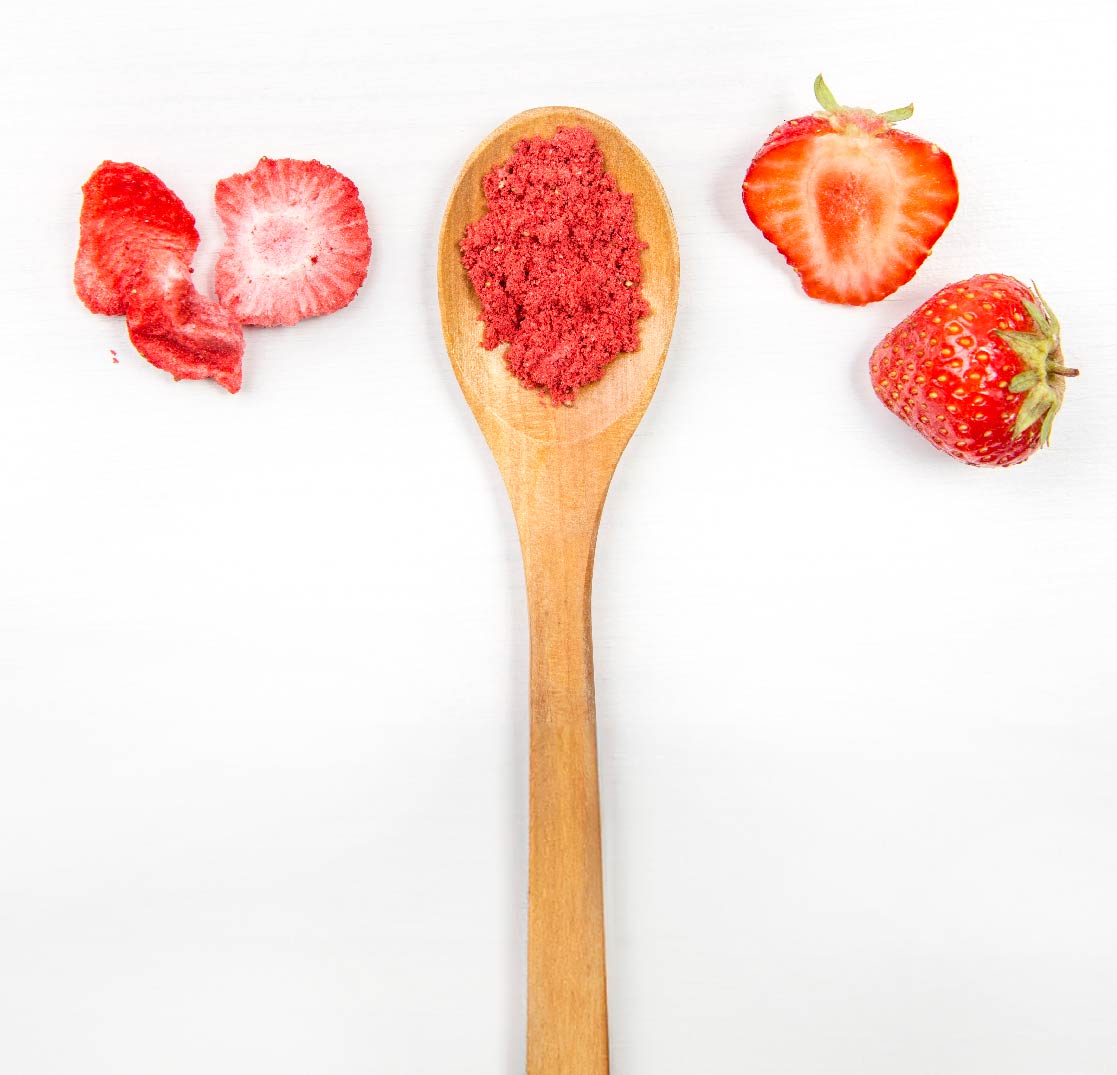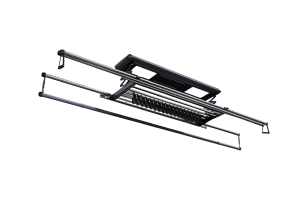Dry run
Dehydrators are finding their way into kitchens, but how exactly do they work and do you need one?
If making your own snacks or treats for your pets is something you enjoy, you may want to consider investing in a dehydrator. The appliance, which is usually the size of a microwave oven, is slowly becoming a must-have in Singapore kitchens as more of us discover how versatile and easy they are to use.
How dehydrators work
A dehydrator dries food out by circulating heated air around the food for a long period of time (about several hours at a minimum). To use one, simply place the food on the provided trays. The heating element inside the dehydrator then raises the temperature of the air to between 40oC and 75oC, which is high enough to remove moisture from the food without cooking it. A fan draws air into the appliance and circulates it around the food, and air vents push the hot, moist air out.
What foods can be dehydrated?
You can dehydrate a range of foods, says Bibi Chia, Principal Dietitian at Raffles Medical Group. This includes foods that are naturally high in water and sugars, like apples, bananas, kiwis, pineapple and mango. Citrus peels can also be dehydrated as an addition to soups and teas.
Vegetables like carrots, green beans, mushrooms, kale and sweet potatoes are also ideal for dehydrating, and if you want to dehydrate meat and fish, Bibi recommends using lean cuts and varieties (trim off any fat first, to prevent the food from going rancid, and follow food safety measures when preparing the meat and fish for dehydration).
You can also dehydrate herbs and spices, and grainbased products like noodles and pasta, Bibi adds. Foods that aren’t ideal for dehydrating include those that are high in fat or oil, like avocado and fatty meats.
“Fats tend to oxidise and turn rancid during dehydration, impacting taste and safety,” says Bibi.
Starchy vegetableslike potatoes, yam and beets, dairy products, and foods with a high moisture content like lettuce, cucumber and watermelon are also poor candidates for dehydration.
“High-moisture foods lack the necessary structure for efficient dehydration and
may turn mushy,” Bibi points out.




Pros and cons of dehydrated foods
“Dehydration significantly extends the shelf life of food, reducing waste and allowing for the convenient storage of seasonal produce,” says Bibi.
“Additionally, dehydration concentrates some minerals and fat-soluble vitamins like vitamin A in food, providing a potentially beneficial boost. It also retains the fibre in foods, and fibre contributes to digestive health and satiety.”
Finally, dehydrated foods are lightweight and portable, making them ideal for lunchbox snacks, hiking, camping and travel.
On the downside, Bibi says that dehydration, especially with high temperatures or prolonged drying times, may lead to the loss of vitamins B and C, which are water-soluble. Some minerals may also leach out with the water.
Dehydration concentrates a food’s natural sugars due to water removal. Fruit, for example, becomes concentrated in sugar and calories when dehydrated. While still containing fibre and some vitamins, be mindful of portion sizes to avoid overconsumption, Bibi says.
Safety tips when dehydrating food
Preventing bacteria overgrowth in dehydrated foods is crucial for safety and preservation, says Bibi. Here are her tips for safe food preservation:
1) Proper preparation:
Start with fresh, high-quality produce or ingredients. Thoroughly wash fruit, vegetables and herbs before dehydrating to remove dirt or contaminants.
2 Pre-treatment:
Some foods benefit from pretreatment methods to inhibit bacterial growth. For example, blanching vegetables in hot water for a short time before dehydration can help kill surface bacteria.
3) Adequate dehydration:
Ensure that foods are dehydrated properly and completely. Follow manufacturer instructions for dehydrator settings or recommended drying times. Insufficient dehydration can leave moisture behind, creating an environment for bacterial growth.
4) Storage conditions:
Store dehydrated foods properly in airtight containers or vacuum-sealed bags to prevent moisture reabsorption. Store them in a cool, dry place away from direct sunlight. Moisture can lead to bacterial growth and spoilage.
5) Use of additives:
Consider using natural preservatives like salt, sugar or citric acid, which can inhibit bacterial growth and extend the shelf life of dehydrated foods.
6) Monitor for signs of spoilage:
Even with proper preparation and storage, it’s essential to check dehydrated foods for any signs of spoilage such as mould, “off” smells, or changes in colour or texture. Discard any food that appears spoiled or questionable.
7) Practise good hygiene:
Maintain good personal hygiene and cleanliness while handling food. Wash hands thoroughly before and during food preparation to prevent contamination.
Consider vacuum sealing dehydrated foods in individual packages to further remove oxygen and extend shelf life.






